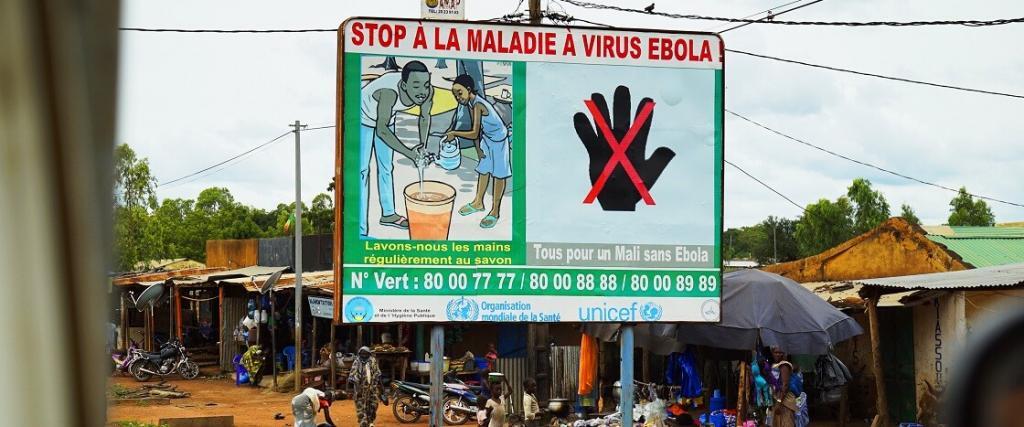
Nuclear Science: Preventing Future Ebola Outbreaks
West Africa experienced the largest Ebola outbreak in history in 2014. It claimed over ten thousand lives and impacted the entire countries of Liberia, Sierra Leone and Guinea. In June 2016, the World Health Organization (WHO) declared an end to Ebola and months later, in April of this year, Liberia removed its temporary Ebola treatment facility only for Africa to announce another outbreak just a month later.

Contagious and often deadly, the Ebola virus or hemorrhagic fever can be transmitted from animal to human and through human-to-human contact. Between 2-21 days after infection, a patient will experience symptoms that resemble a flu (fever, sore throat, headaches). As the virus continues to damage the immune system and organs, internal and even external bleeding can occur. Death rates for the disease can be as high as 90%.
The 2014 outbreak closed many schools in the region that remained locked for almost an entire year. Close to twenty thousand children lost their families, or were left without one or both parents, according to information reported on by UNICEF.
To prevent a repeat of the deadly Ebola 2014 outbreak, a team of scientists with the International Atomic Energy Agency (IAEA) are using nuclear science and technology to be able to effectively diagnose such viruses.
“We demonstrated our ability to respond quickly to emergencies such as the Ebola and Zika viruses, supplying affected countries with simple nuclear-derived kits so they could detect the diseases quickly and accurately in the field,” said IAEA Director General Yukiya Amano in his speech in late May at the International Conference on Technical Cooperation.
Early and rapid detection helps to limit the spread of such diseases. There are nuclear-derived techniques that scientists can use to help identify Ebola such as polymerase chain reaction technology (PCR) which examines the DNA of cells. Researchers in the Democratic Republic of Congo are hunting fruit bats in the hopes that they might hold answers on Ebola, specifically, how the virus jumps from bats to other animals or how it causes outbreaks. And it’s not just researchers in the Congo. As pointed out by the IAEA, veterinarians in Africa are working in partnership with the agency to help prevent the spread of Ebola.
“Around 75% of human diseases originate from animals, which is why it is so important to stop them at the animal level. Nuclear-derived technology helps us do this,” according to Abel Wade, Director, National Veterinary Laboratory (LANAVET), Yaounde, Cameroon.
As was witnessed during the 2014 Ebola outbreak, quick and effective diagnoses is key to preventing large-scale transmission and infection. The most recent outbreak in the Congo was declared under control only a month after it was discovered.



